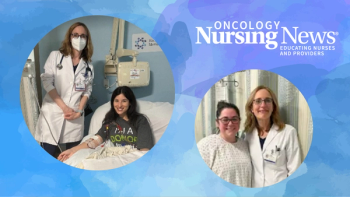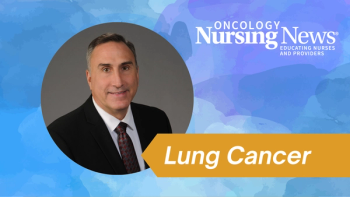
Making Cold Breast Cancer Tumors Hot
There are multiple factors in making "cold" breast cancer tumors "hot," meaning that they respond to chemotherapy, explained Hope S. Rugo, MD, FASCO, director of Breast Oncology and Clinical Trials Education at the University of California San Francisco (UCSF) Helen Diller Family Comprehensive Cancer Center.
There are multiple factors in making "cold" breast cancer tumors "hot," meaning that they respond to chemotherapy, explained Hope S. Rugo, MD, FASCO, director of Breast Oncology and Clinical Trials Education at the University of California San Francisco (UCSF) Helen Diller Family Comprehensive Cancer Center.
Transcription
We're interested in trying to make cold tumors hot or warm, so getting them to be more immune-reactive, so that the body will actually be able to react to them. You need several factors. You need the tumor to look foreign, you need it not to have so many other features that it overcomes any attempt of the immune system, so you don't want it to be heavily, heavily pre-treated because it's likely to have multiple mechanisms of resistance, although not always. Some people respond late in treatment, just not many.
You want to have an effective immune system. You don't want the host to be so immune-compromised that they can't respond, either. So there are a number of different factors that are at play. Of course the cancer has to be responsive to the chemo drugs you're giving, which is a whole other issue.
Newsletter
Knowledge is power. Don’t miss the most recent breakthroughs in cancer care.

















































































